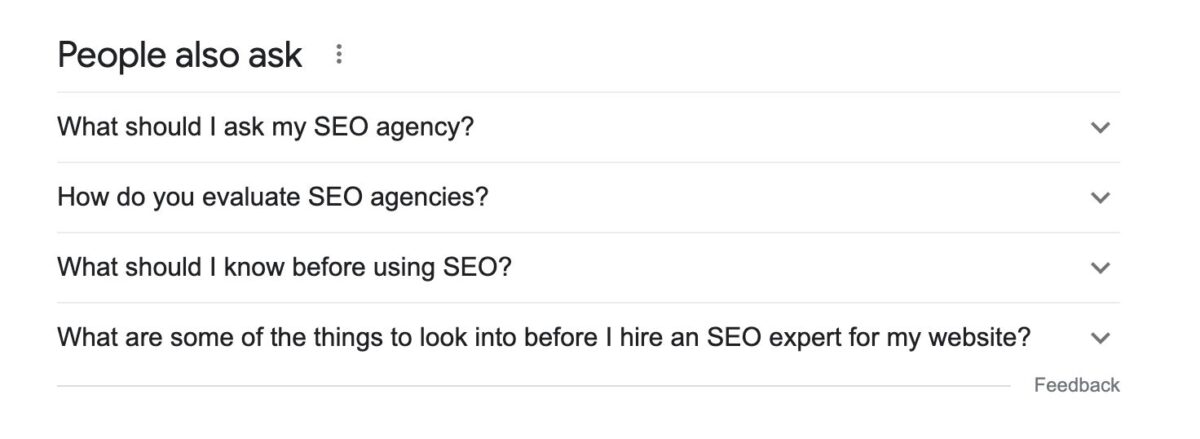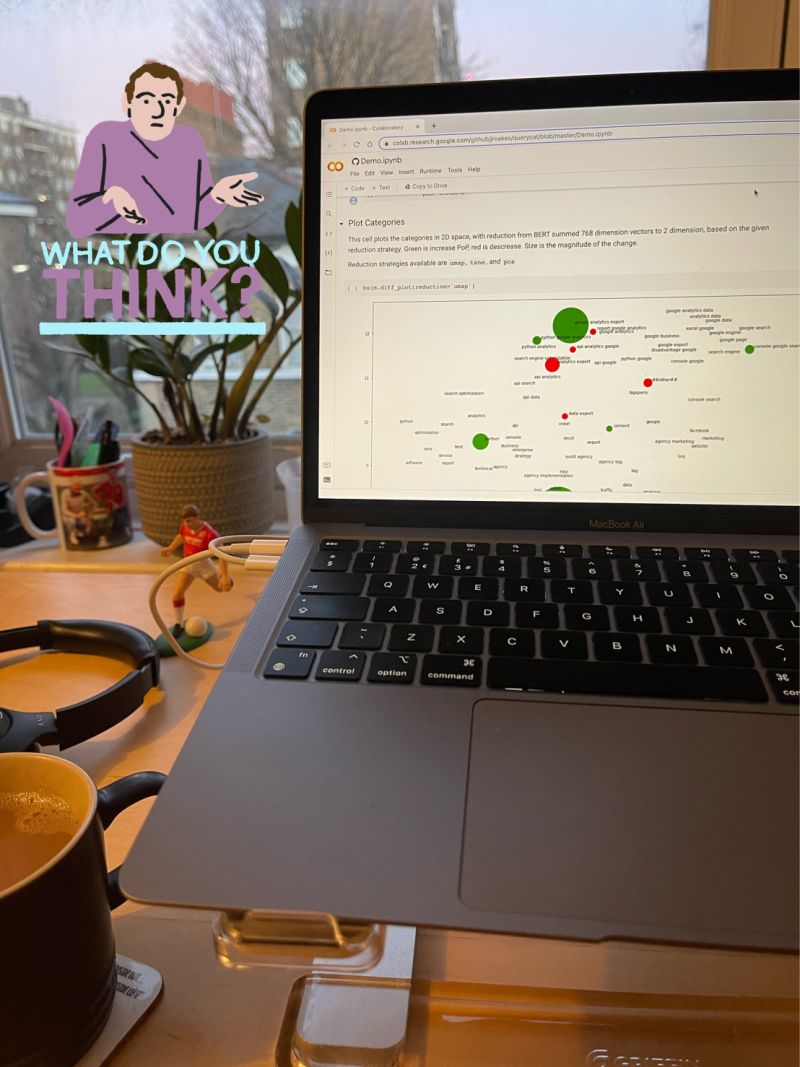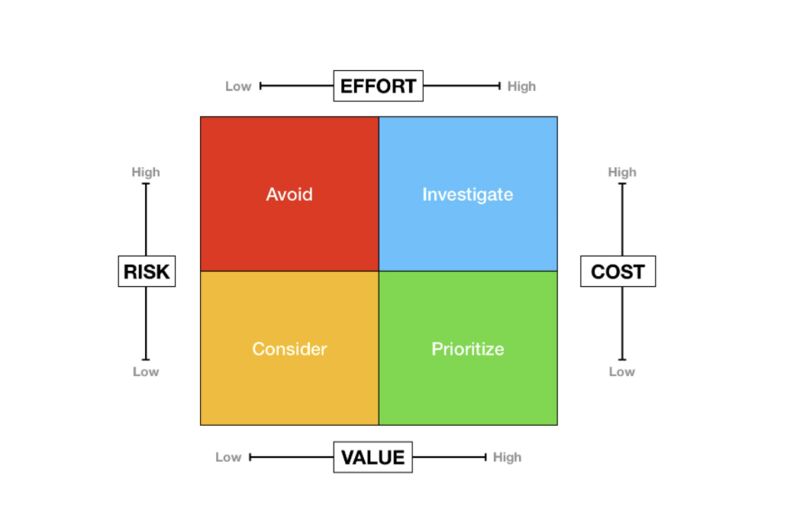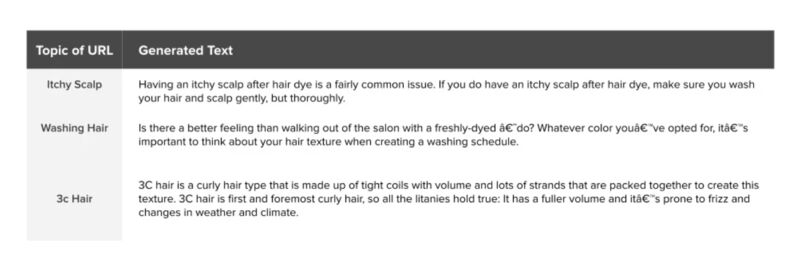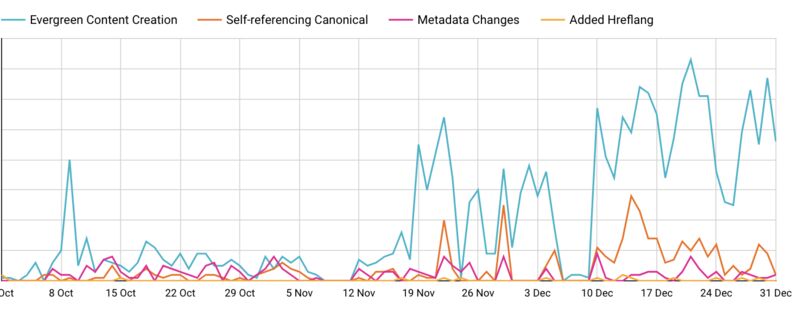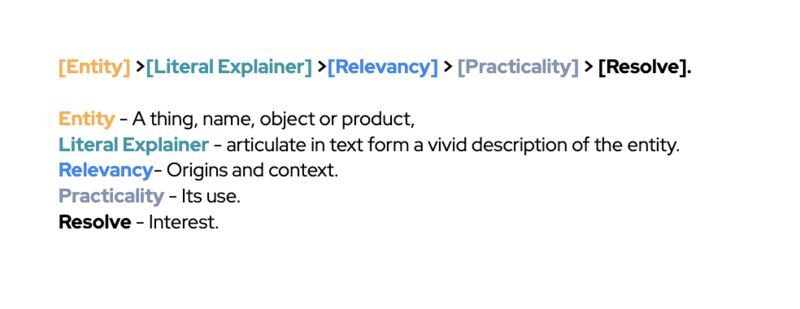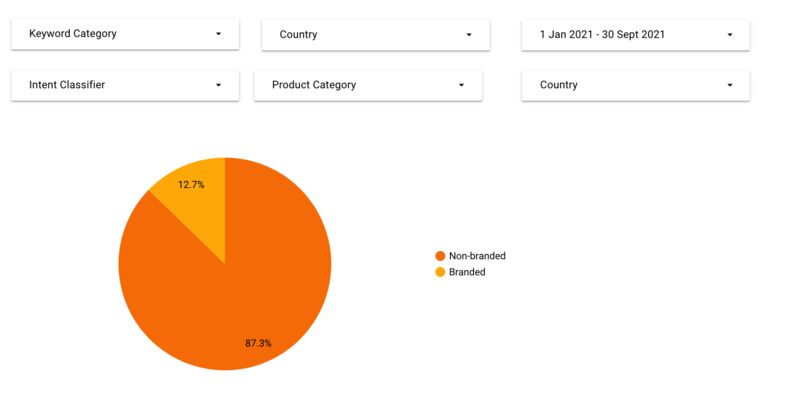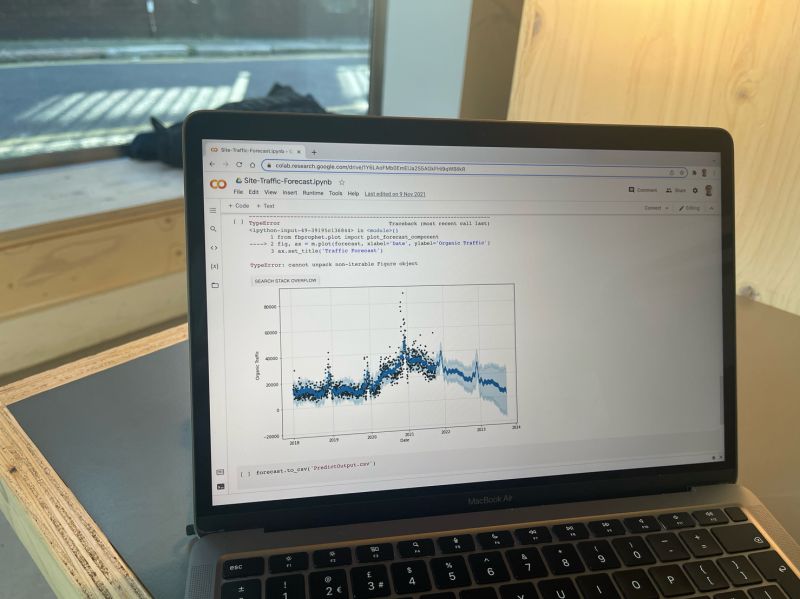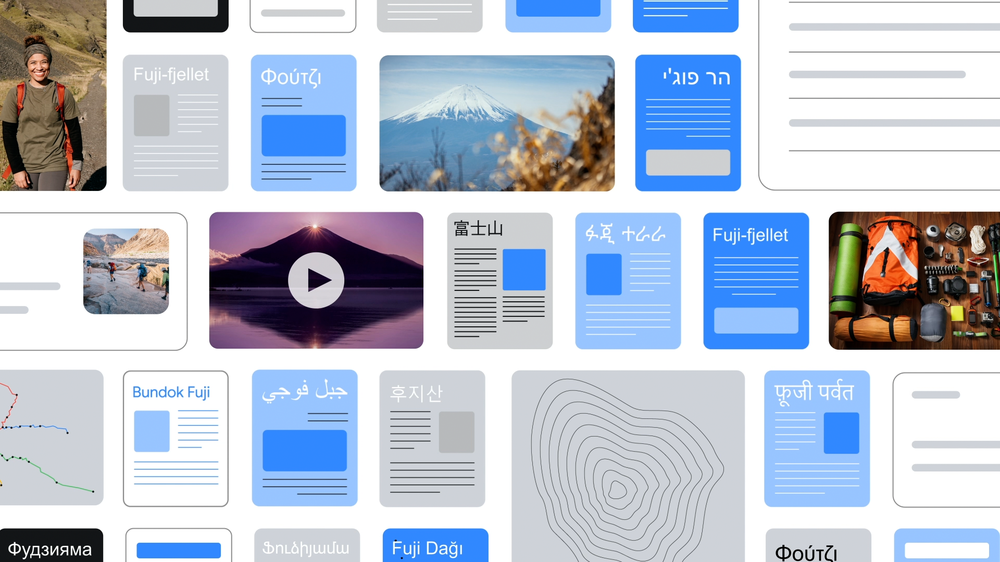Whether you’re working or being prospected by an SEO agency or freelancer, here’s a few questions it might be worth asking:
1. What are your thoughts on MUM?
Google is rolling out the multitask-unified model (MUM) which is a multimodal algorithm has the potential to revolutionise how we search.
2. How do we prioritise tasks?
A clear prioritisation matrix is needed to make sure low effort/high value tasks come first for a quicker ROI.
3. How do we know X activity works?
Being able to test hypothesis before scaling is essential to ensure resource is being optimally used.
4. How are our rankings doing?
SEOs need to be able to give an executive summary of how well your site is appearing in search. This means they need the tools available to quantify all the data.
5. How much traffic/revenue will SEO activity drive this year?
Being able to forecast and set KPIs is crucial for benchmarking success.
Other considerations
If you’re interested in what SEO in 2022 will look like, here’s a few interesting resources:
- Manick Bhan – The Top 10 SEO Trends & Strategies to Get More Traffic in 2022
- Andrea Volpini – Top 5 SEO Trends 2022 that you should know!
- Ivan Kreimer – 6 SEO Trends You Can’t Ignore in 2022
- Cyrus Shepard – 22 Smart Google SEO Tips for 2022
- The Drum & me – How to succeed & innovate with SEO in 2022
Feel free to add any questions you might ask in the comments.
